Search for articles, topics or more
browse by topics

Search for articles, topics or more

Lunar New Year is the most important day in China’s lunisolar calendar. Families reunite on New Year’s Eve to eat dinner, honour ancestors and give gifts in auspicious red packages. On the first day of the New Year, the second new moon since the winter solstice, lions and dragons dance, and the sky glows with pyrotechnics. This is just the beginning. Celebrations continue for fifteen days, until the Lantern Festival sees streets festooned with paper lanterns inscribed with riddles.
Lunar Year has been celebrated for at least three and a half millennia and a plethora of decorative traditions have evolved alongside the festivities. Abstract paper cuts adorn windows, while poetic couplets are placed around doors. And many people decorate their houses with New Year pictures: lively, colourful woodblock prints that betoken good luck for the year ahead.
This Lunar Year, visitors to the Molteni&C Flagship Store in Ningbo will find a new installation that honours this last tradition. Artist and designer Wei Xiaoyan, who practises under the name Weiwei, has crafted a lighting piece that bridges the technique and aesthetics of the New Year picture with contemporary design.
“For this project,” she says, “I drew inspiration from the traditional woodblock New Year prints, combining it with my spatial understanding to craft a three-dimensional ‘New Year print’ to welcome the upcoming Year of the Dragon.”
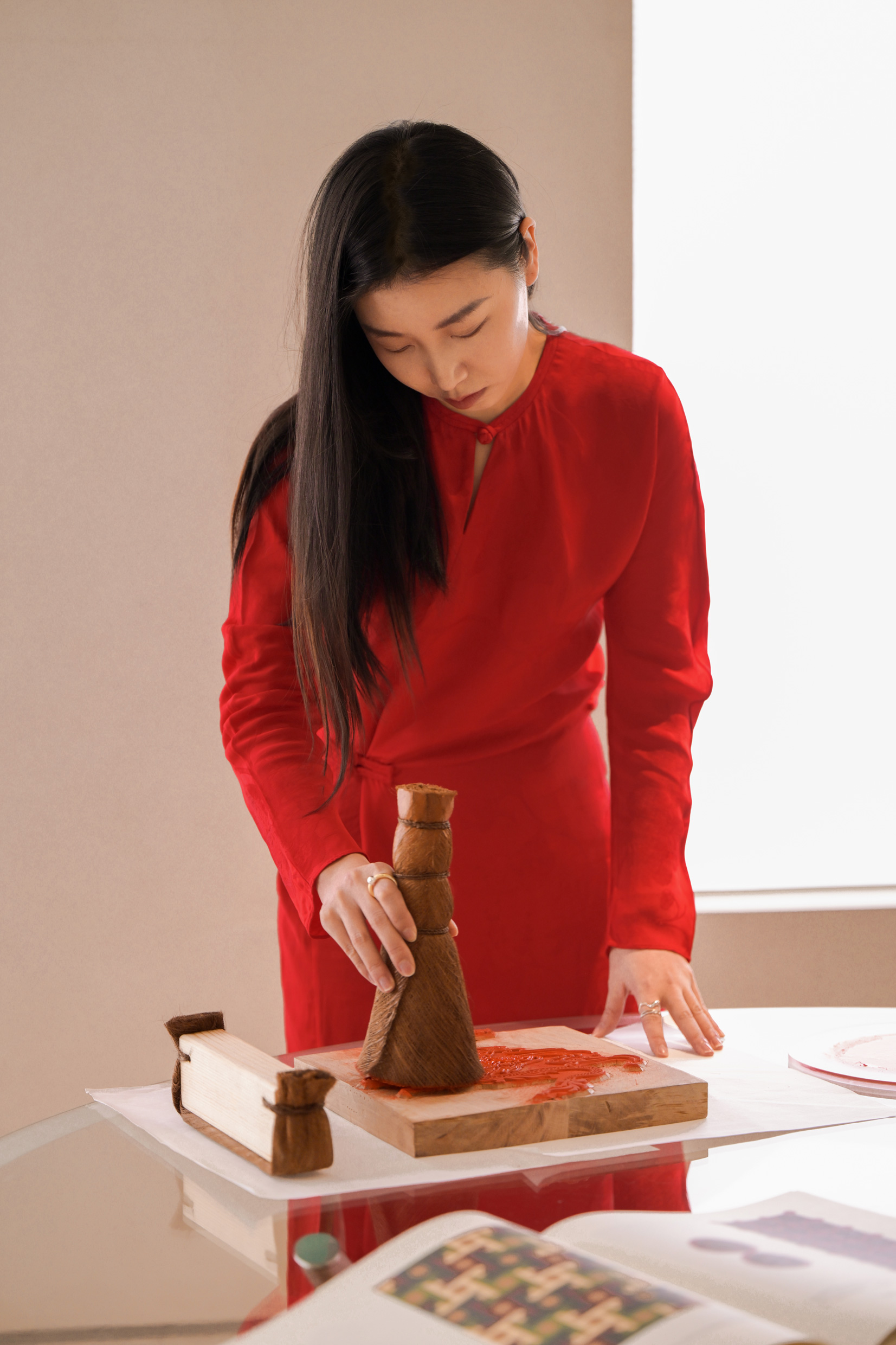
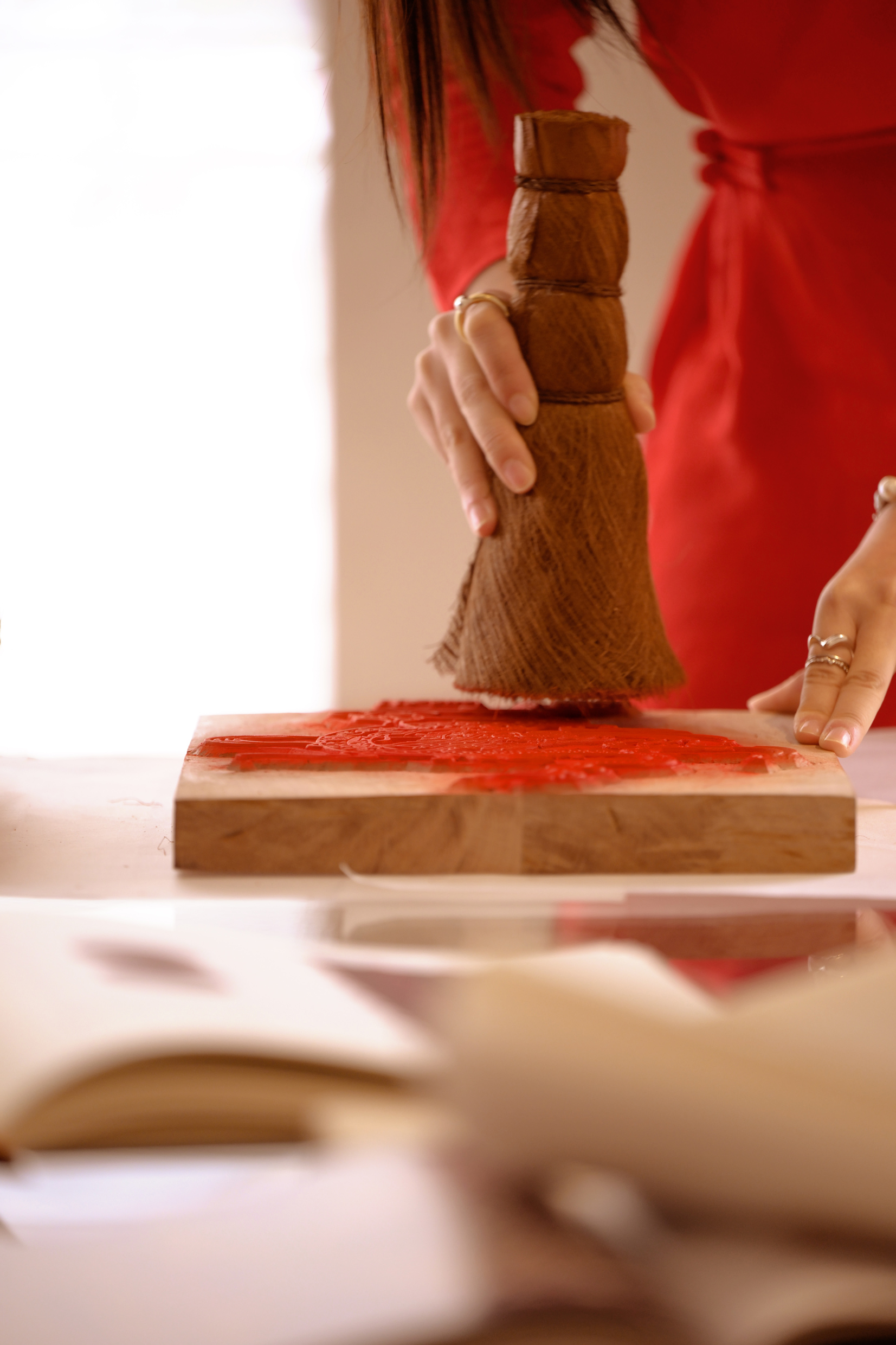
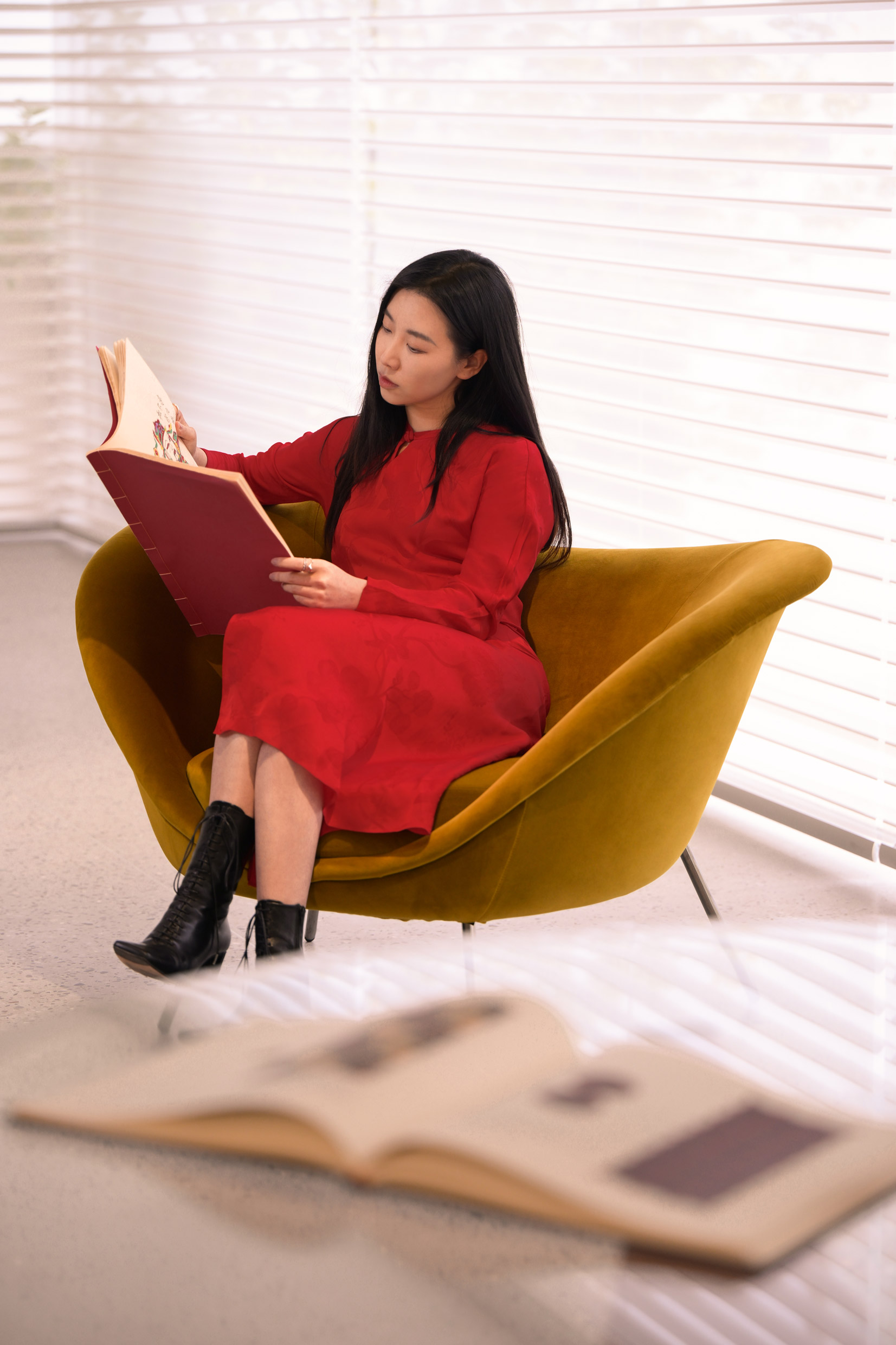
Weiwei’s projects are often influenced by the environments she works in. Having studied at the ArtCenter College of Design in Pasadena, near Los Angeles, she now divides her time between LA and Shanghai. Her works, which are often inspired by forms in nature, span architecture, art and design. Past projects have included chairs, mobile and hangers, and installations for a global array of design and fashion brands including Aesop, Dior, Louis Vuitton, Maison Margiela and Polestar.
“All my creations,” explains Weiwei, “stem from my involvement in architectural and spatial work. With every shift in work projects, new inspirations naturally arise.” After exploring the American desert with its open skies, for instance, she created the astronomically-inspired Stella series. Recent work, meanwhile, has seen her engage with Chinese crafts. “During a project in Yunnan, China,” Weiwei explains, “I discovered traditional Chinese craftsmanship, leading to the creation of Rime and Rosette chairs that seamlessly blend with local traditional textures.”
Weiwei’s installation for Molteni&C draws on two traditional New Year picture themes: Subduing the Dragon and Treading on Auspicious Clouds. Scaly, serpentine dragons are a national emblem of Chinese history and culture, and a symbol of vitality and renewal. The installation features two transparent acrylic panels that present a three-dimensional image. The first transparent plane features a bright red dragon softly treading over yellow clouds, while the sun glows above.
“I made subtle adjustments to the dragon’s image,” says Weiwei, “to give it a softer look.”
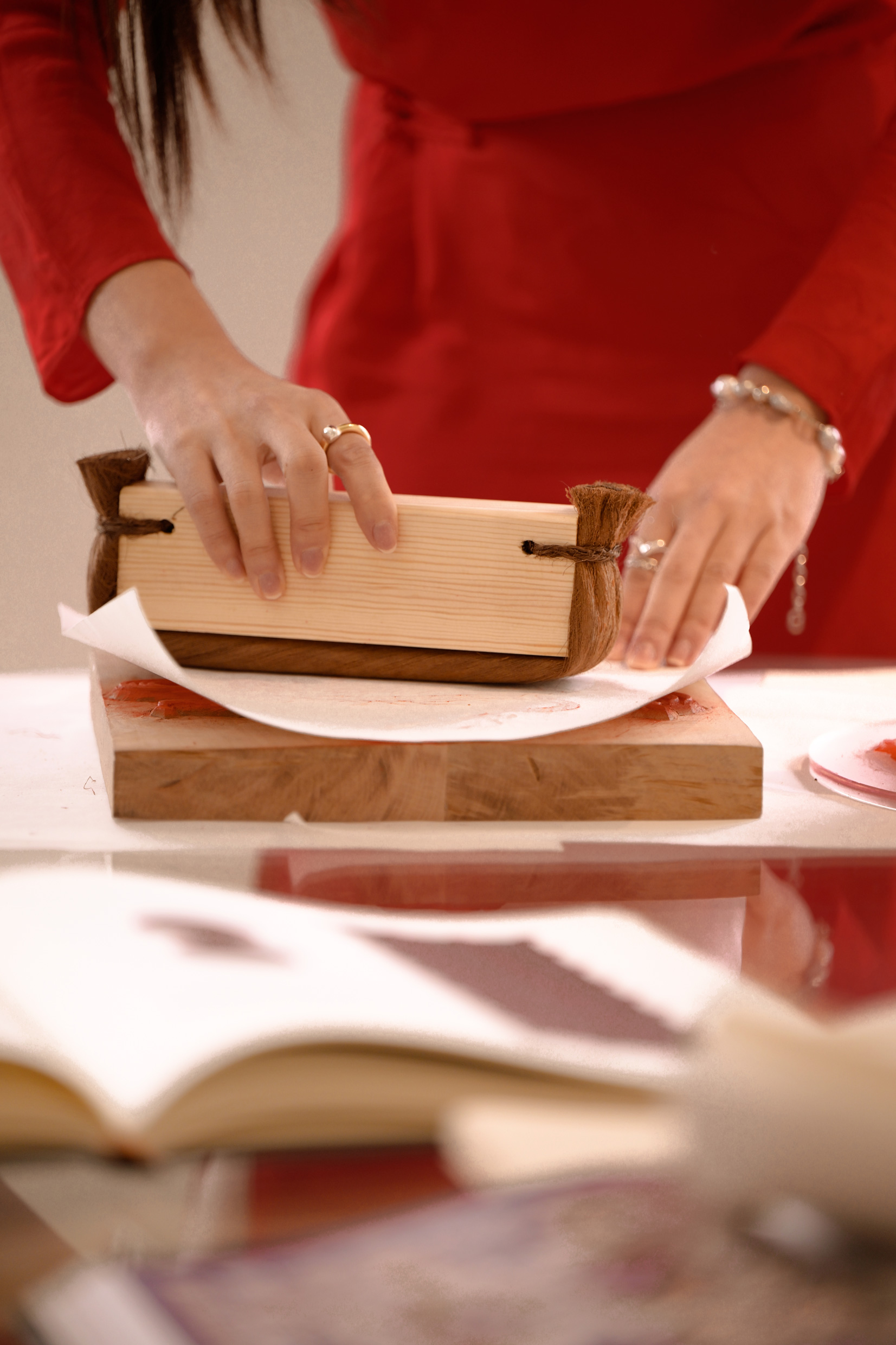
The dragon’s scales are flush with classical patterns, including the ruyi: a swirling, heart-shaped motif that has become a symbol for peace and happiness. The second layer above this features propitious clouds, another time-honoured feature of Chinese art. This image is enclosed within a Lightbox of metal and frosted acrylic.
“The main structure of the installation,” explains Weiwei, “is silver stainless steel, creating a visual clash with traditional elements.”
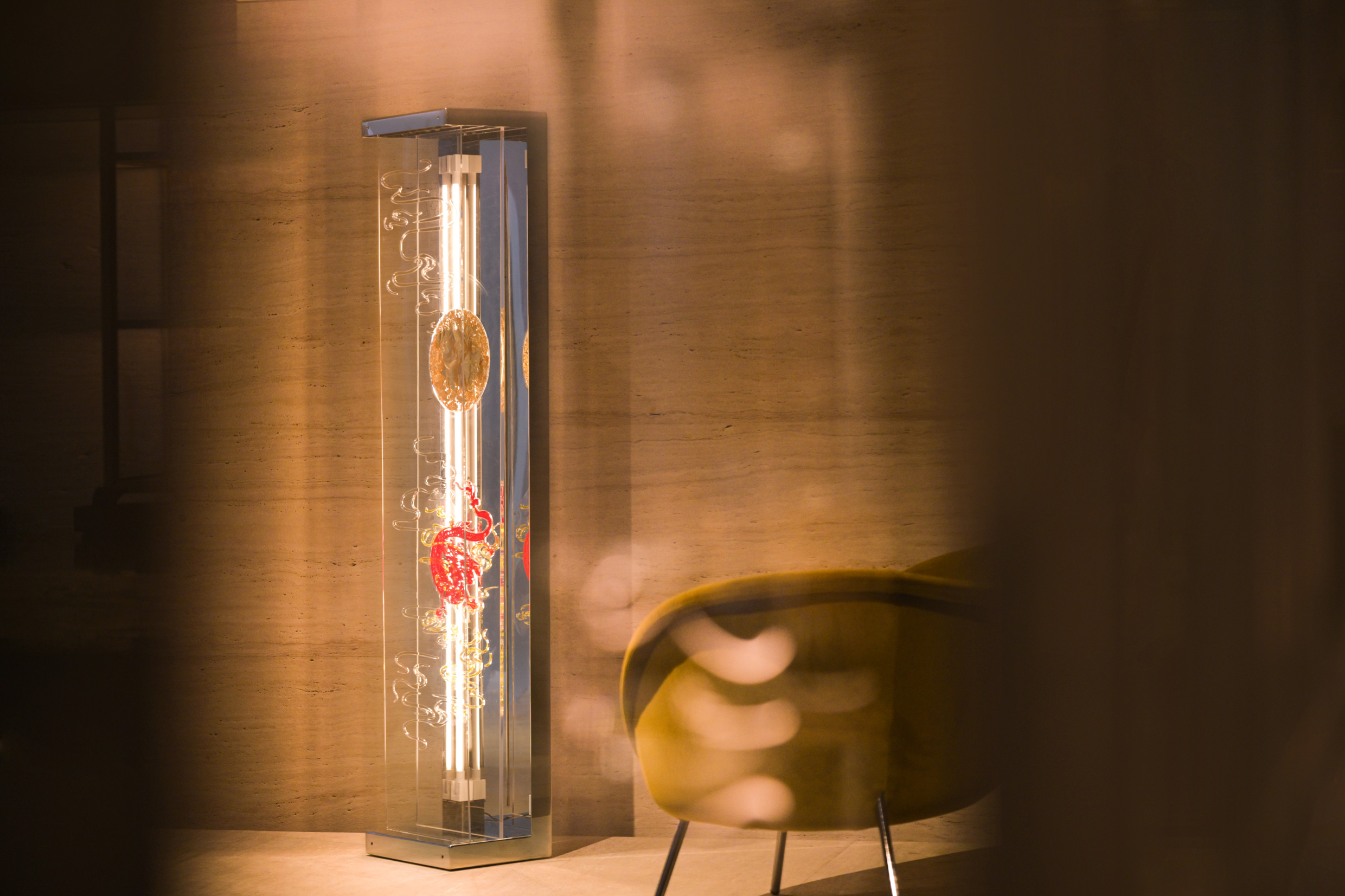
The origins of the New Year picture are lost to time. Some historians, however, have traced them back to the early mediaeval Tang Dynasty, when people placed monochrome images of guardian deities above their doors. The practice evolved as woodblock printing techniques were refined and workshops grew in scale. Prints with multiple colours were gradually developed. By the late 17th century, these woodblock images were replaced every New Year. They grew to depict mythical creatures, stories from folk tales and images of domestic life; by the final days of Imperial China, they could even depict political events and technological innovations such as trains. Production declined in the 20th century, as the country embraced modern aesthetics, but more recently the tradition has felt a revival.
Weiwei collaborated with a woodblock print studio in the ancient town of Zhuxian, now part of Kaifeng in the predominantly rural Henan province. Zhuxian has been a centre of New Year woodblock printing since the Tang era and Zhuxian woodblocks have even been decreed a National Intangible Cultural Heritage. To execute her installation Weiwei worked alongside Zhang Tingxu, an inheritor of this traditional process.
“It was my first deep dive into the craft, learning everything from basic carving techniques, using different coloured layers, to tools and pigments,” she says. “The process not only taught me the technicalities but also fuelled more creative sparks.”
Weiwei took a hands-on approach. Woodblock prints are created by carving images into wooden blocks, covering the block with ink and then pressing paper on top of it.
“I started from scratch,” she explains, “learning basic carving techniques and about the materials used – pear wood blocks, carving knives, mallets – as well as the tools for printing, like raw xuan paper, brushes, and pads.” All the materials used at the workshop are naturally sourced in the traditional manner. “Printing involves line blocks for the base and different coloured blocks, layering to create a vibrant New Year print,” continues Weiwei. “It’s in this process that creative inspiration blossomed.”
Craft is at a crossroads in China. “Many traditional aspects are on the brink of fading away,” says Weiwei, “since crafts often rely on apprenticeships, and without successors, they might vanish. However, there's a growing enthusiasm among the younger generation to explore the charm of traditional culture and craftsmanship”. Within China, there have been concerted efforts to encourage contemporary designers to engage with traditional processes. “Classics endure because they don't get abandoned by time,” says Weiwei, “the aesthetics within them evolve gracefully as time passes.”
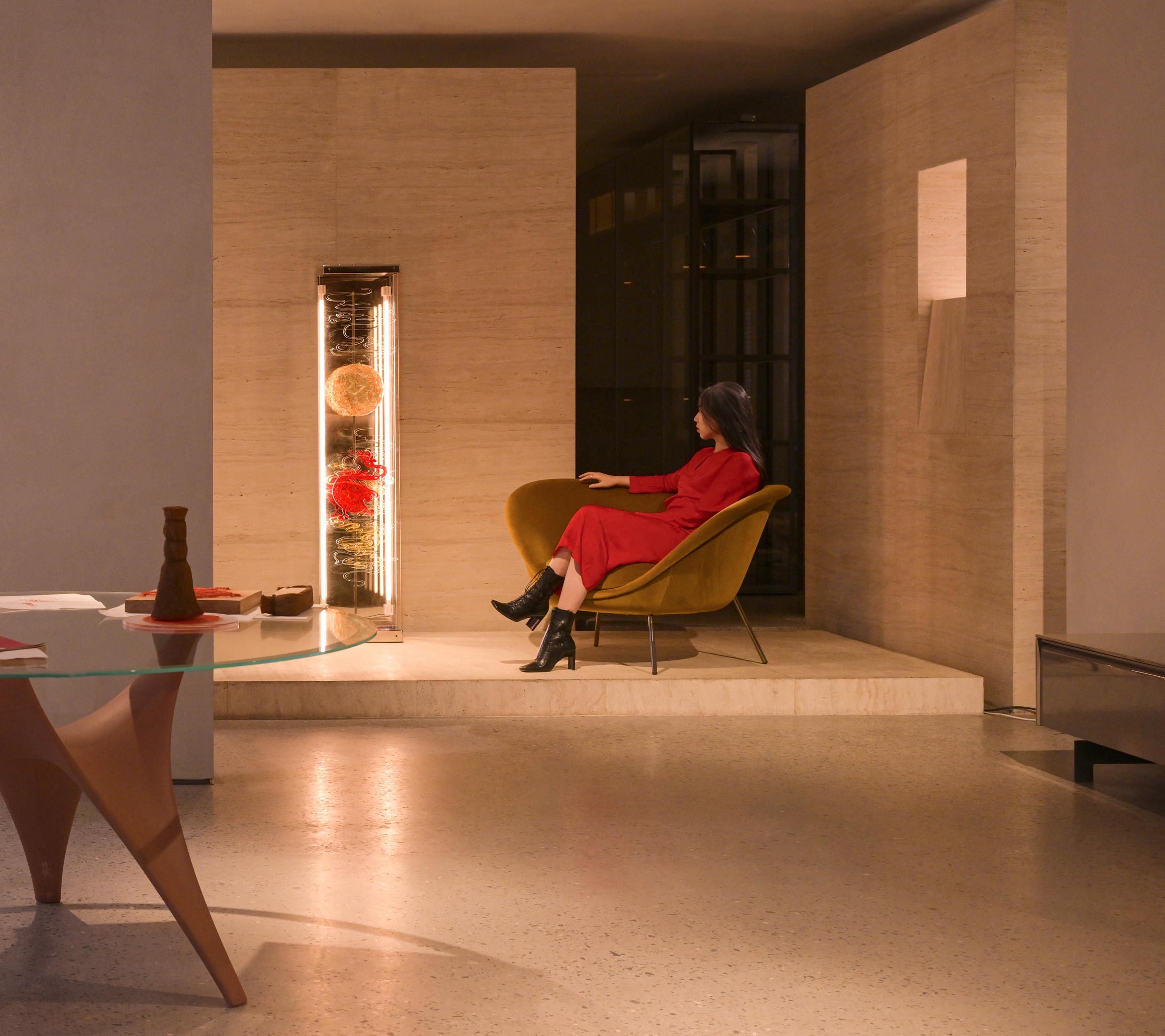
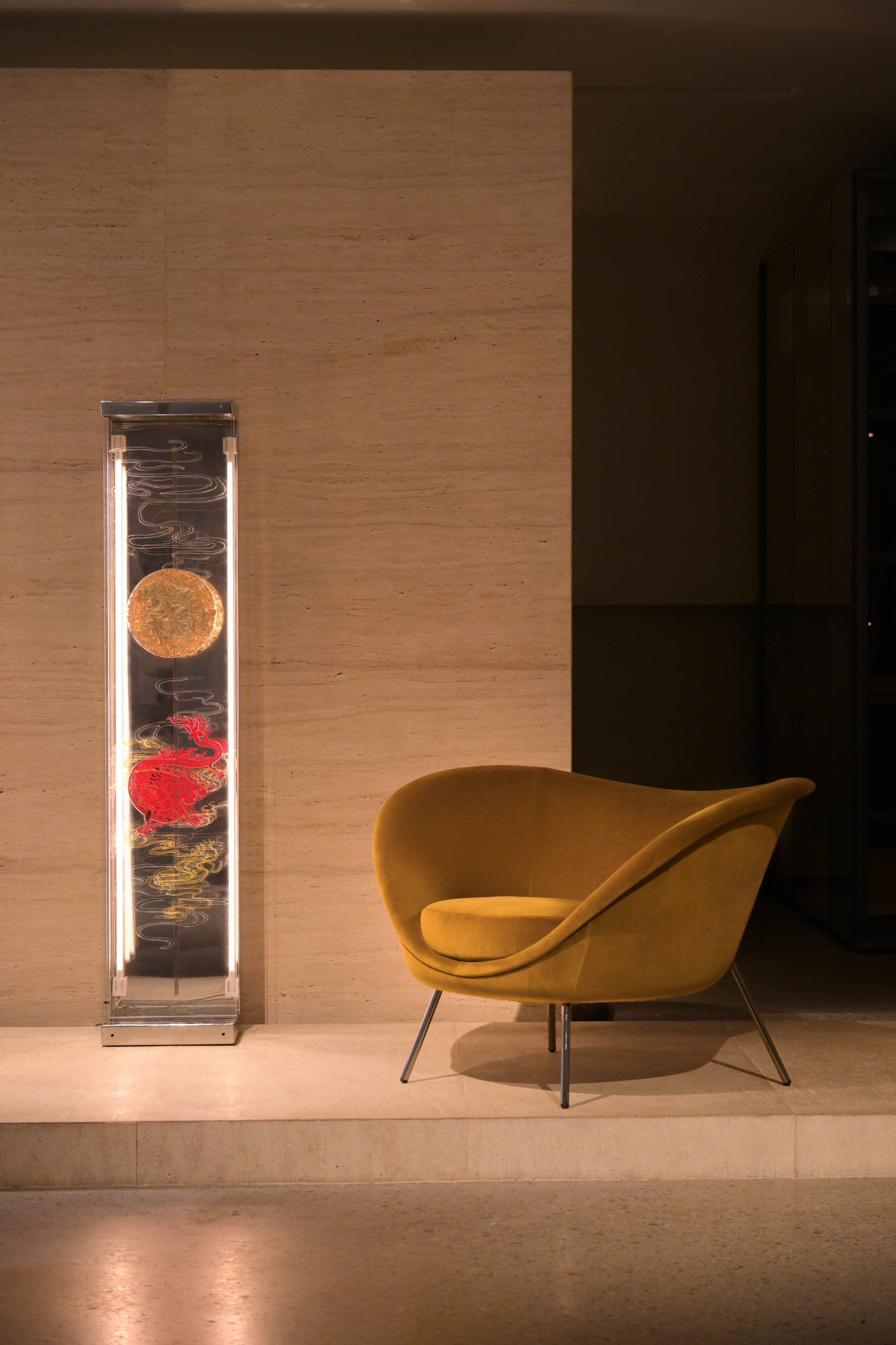
Weiwei’s installation will be displayed alongside modern classics from the Molteni&C catalogue, including Foster+Partner’s Arc table and Gio Ponti's The D.154.2 armchair.
“Seated in the D.154.2 love chair,” says Weiwei, “I experienced a dialogue between 50s classics and modern spaces.”
While the installation’s image originates in heritage, its metallic structure and transparent layers demonstrate an affinity with the sleek forms of these modern classics. Weiwei plans to mark 2024 in the traditional manner. There will be the usual family gatherings, with dumpling-making, spring cleaning, poem-hanging and handing out red envelopes. But this year there will be an extra addition to the usual pleasures.
“This year, I plan to introduce a family activity where each person can personally print a woodblock New Year print inspired by my Year of the Dragon creation.” An exquisite artistic tradition lives on.
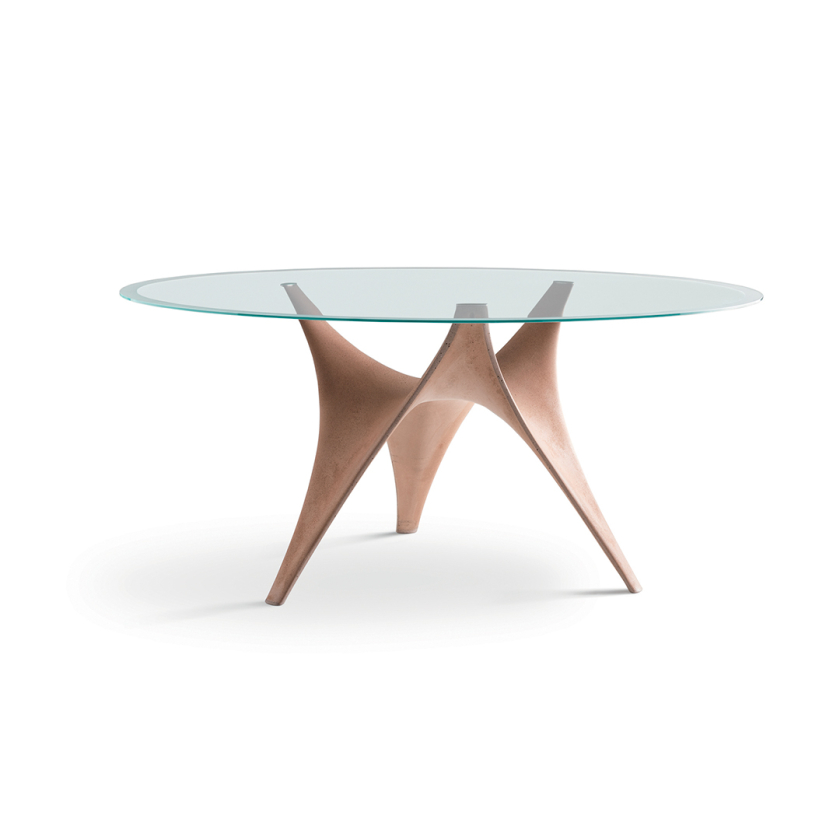
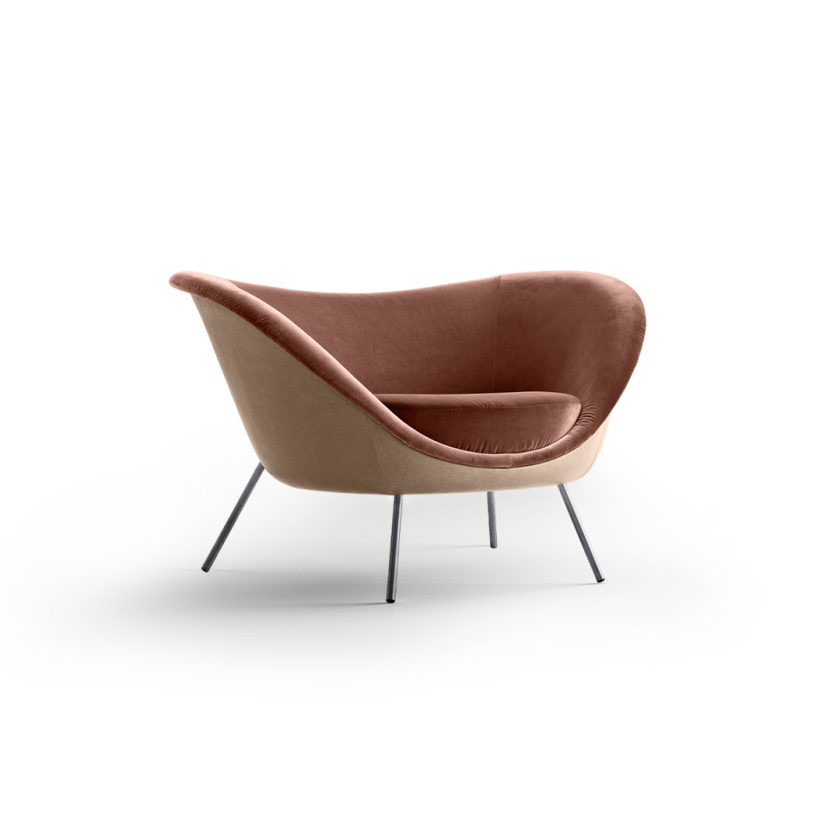
The photographer Jeff Burton is known for the cinematic quality of his work: bathers by a hotel pool become a study in saturated colour; tanned bodies are seen at one remove, distorted by mirrored surfaces; a woman’s glance is glimpsed through a car’s rearview mirror.
The holidays are a time to eat, drink and make merry – the most convivial time of the year.
Beyond the art of ceramics: Japanese artist Yoshimi Futamura in conversation with KALPA Galleries’ founder Olga Niescier.
Thanks for your registration.